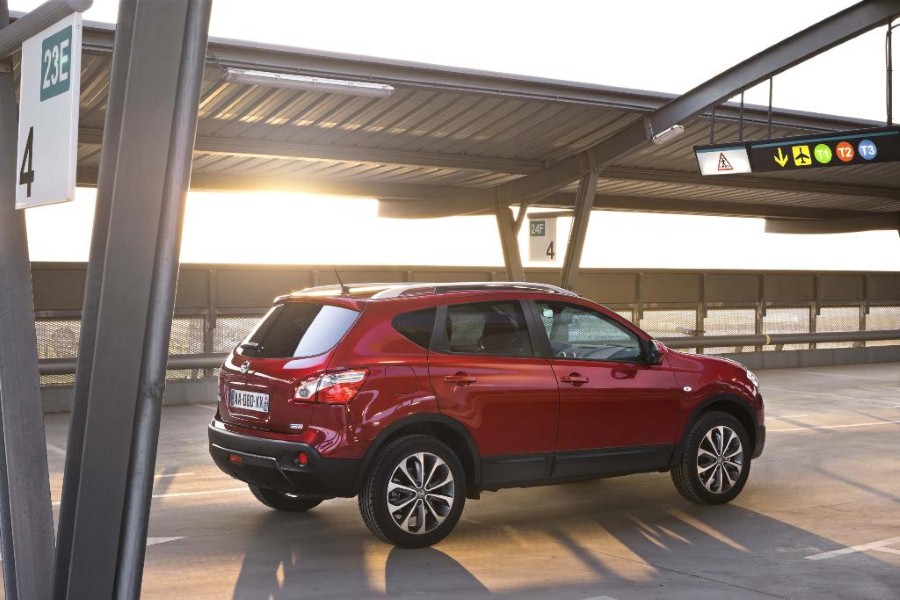The SUV or crossover market is big business. As buyers, the British public cannot get enough of new car deals that quite literally put us head and shoulders above our driving peers.
According to the Society of Motor Manufacturers and Traders, sales of crossover vehicles have surpassed the once hugely popular upper-medium sector, which is full of household names like the Ford Mondeo. In fact, crossovers are now the third best-selling type of car in the UK after superminis and lower-medium cars, such as the Ford Focus.
The Nissan Qashqai – the early pioneer
One of the most popular SUVs in the country is the Nissan Qashqai.
It was a car that was first launched in 2007, replacing the rather unsuccessful Almera hatchback. Although its rivals at the time were the Toyota RAV4 and Honda CR-V, the Qashqai was much more sophisticated and delivered everything that a hidden market wanted. It was a soft-roader, moving away from the pretence of off-roading and providing a sporty, comfortable and refined drive.
As the market wasn't identified at the time, Nissan stated it wanted to sell around 100,000 Qashqais a year. In the last six years it has sold more than two million and this year the company launched its second-generation Nissan Qashqai, building on the strengths of the big-selling first model.
The all-new Qashqai was never going to be the pioneering breakthrough model the first car was, but it has subtle refinements that are pleasing to the eye and improve its drive. It is slightly longer, wider and lower than its predecessor – an impressive feat considering it is also about 40kg lighter. The suspension design remains unchanged, but the steering gets electrical assistance with switchable effort.
There are bigger changes inside and as a result the cabin is a nicer place to be, while there is more room in the back.
Are these changes enough to keep it ahead of the competition?
BMW X3
Out this year, the latest big Beamer gets a fresh headlight design, a bolder grille, revised bumpers and a new alloy wheel design. The eye-catching and imposing flared wheelarches and rising crease on the flanks stay. Inside, BMW has updated the centre console, splashing chrome and gloss black across the dash.
Audi Q5
Audi is bringing plug-in hybrid tech to its crossover in the next generation, part of an emphasis on a lighter design.
Following on from the new Q7 at the end of the year, the Q5 is expected to have a more angular styling, meaning the strakes will run horizontally instead of vertically. Audi wants to bring its Virtual Cockpit design from the new TT into a number of other cars and the Q5 could be a prime candidate. This will limit the number of buttons in the cabin and position all information on a large TFT screen in front of the driver.
Range Rover Evoque
The off-road giant's little sibling may have taken some getting used to for many, but with new Autobiography models debuting later this year, it could be a contender for the crossover crown.
Jaguar C-X17
This is only a concept at this stage but is due to roll off the production lines in 2016. With a name like Jaguar entering the SUV fray, it is easy to see why this is not a short-term fad.
Posted by Perry Murray
